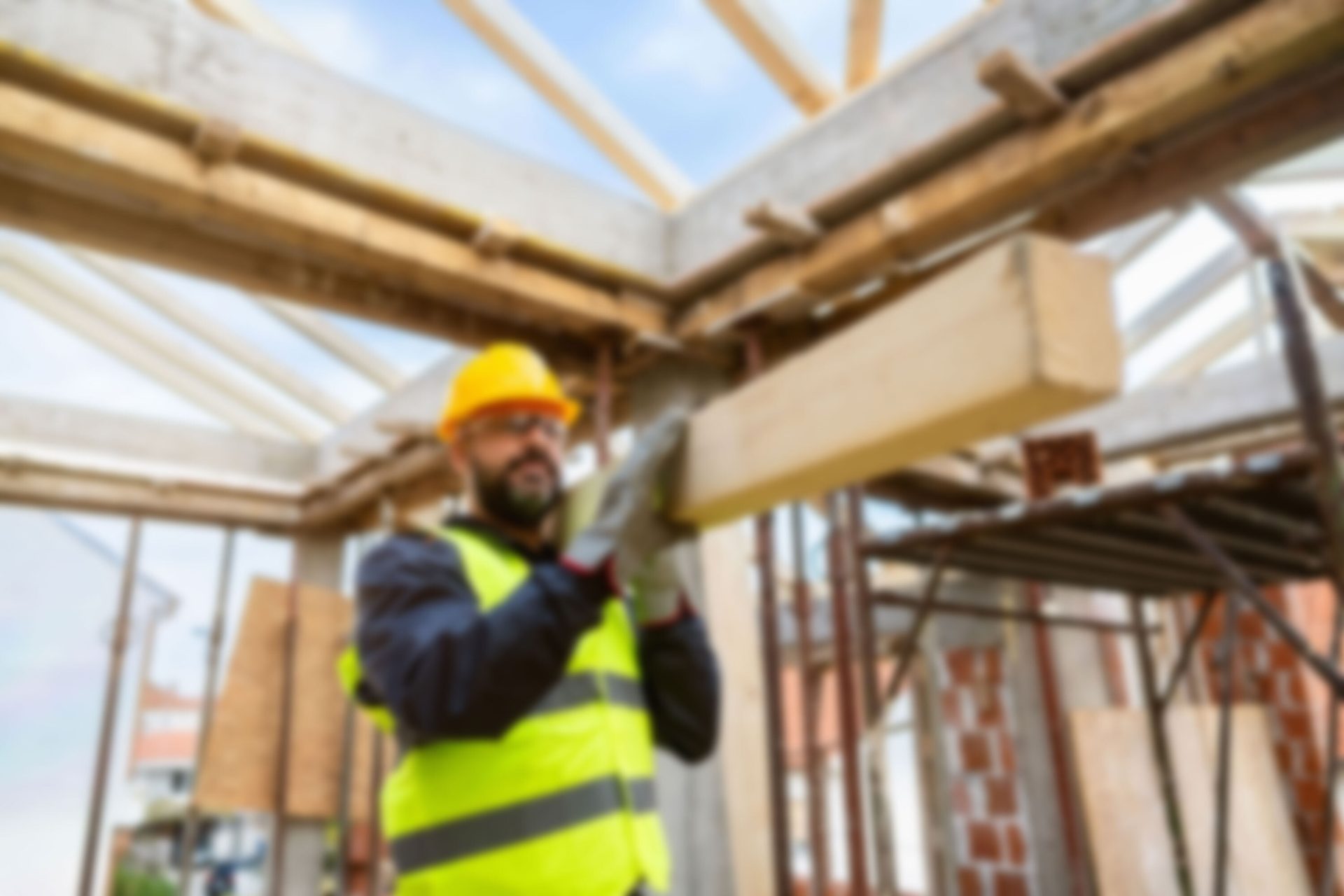Rotational motion and traumatic brain injuries
Traumatic brain injuries, or TBIs, are injuries that can impact how the brain functions. TBIs can lead to short-term issues, impacting how someone thinks, moves, or communicates, long-term issues including disabilities, and even death.
For the construction industry, accidents such as slips, trips, and falls are a crucial concern. When someone’s head makes impact with an object or the ground, research demonstrates that this typically occurs at an angle, and therefore exposes them to something called rotational motion. The combination of rotational energy (angular velocity) and rotational forces (angular acceleration), rotational motion can result from oblique impacts to the head. When rotational motion is transferred to the head, it can result in shearing and subsequent damage to the brain’s axons, the cable transmitters of the neurons3.
Research has shown that the brain is more sensitive to rotational motion than linear motion regarding concussions4. Simply put, if rotation is a factor, concussions can occur even from seemingly light impacts.
Different types of impacts to the head can lead to different types of injuries. For example, rotational motion can result in diffuse injuries, such as diffuse axonal injury and subdural hematoma. Linear injuries, injuries that result from straight impacts to the head, can lead to focal injuries, such as fractures and contusions. In most accidents, linear and rotational motion commonly occur simultaneously, which can potentially lead to greater risk of injury3,5.
Why this is an issue with today’s PPE
Currently, no tests are being done to determine the impact of rotational motion on the helmet wearer’s head in today’s standards for hard hats and safety helmets. We have begun to see rotational motion being taken into account in the sports and moto industries, but the construction industry has not applied such tests.
For those in the construction industry, it’s important to know what PPE is available, and how it can potentially protect against the risks of the job. Many employers now require Type II helmets to be worn, and many also require the inclusion of chinstraps. These helmets provide an added layer of safety compared to Type I helmets, which rarely include chinstraps, and often fail to protect workers from slips, trips, and falls as they can easily fall off the wearer’s head.
However, it is crucial to note that neither Type I or Type II helmets address the potential impact of rotational motion. Workers should take into consideration whether their helmets are designed to address rotational motion.
While the standards haven’t changed much in recent years, research and reports continue to indicate the harmful effects of rotational motion as well as the importance of a well-fitted helmet while on the job.


